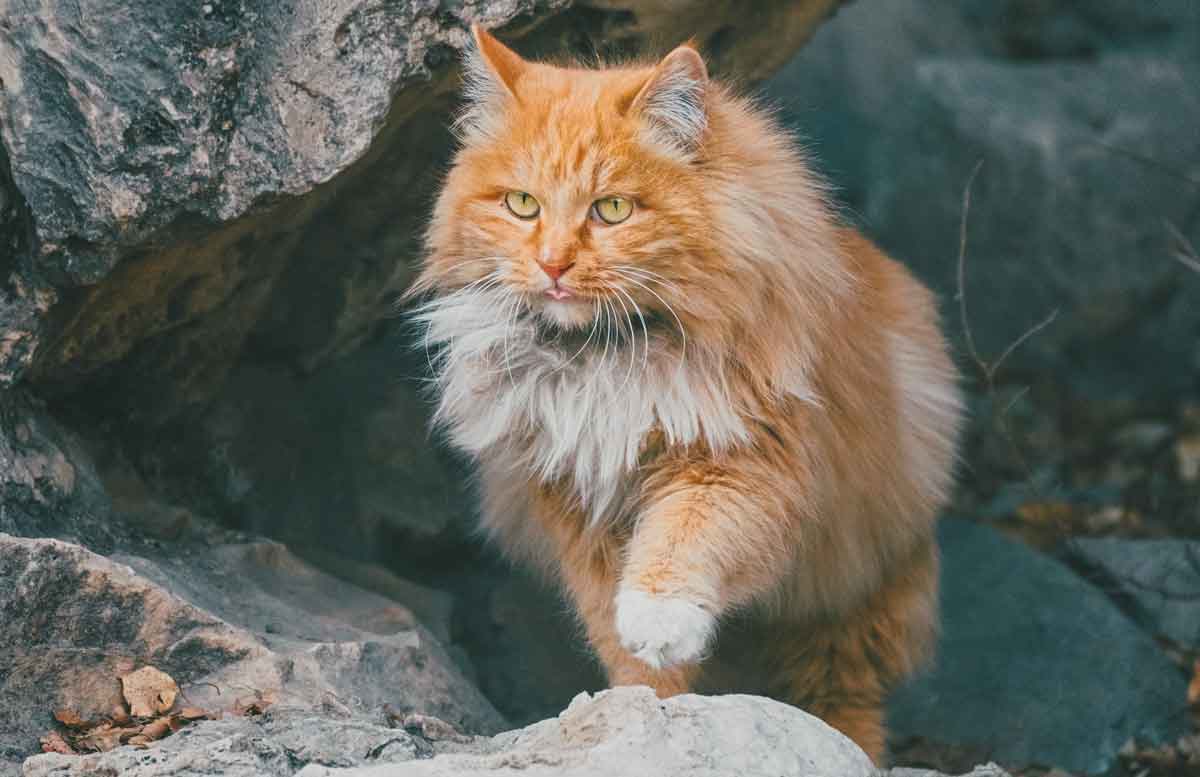
Maine Coon cats are known for their large size, long fur, and affectionate personality. They are one of the largest breeds of domestic cats, and some males can weigh over 8 kg, while females tend to be a bit smaller.
+ Meet the 10 Most Affectionate Cat Breeds
+ 3 zodiac signs most likely to be Scorpio soulmates
Here are some characteristics and information about Maine Coons:
1. Origin:
It is believed that the Maine Coon breed originates from the state of Maine, in the United States, hence its name. The breed has a rich history with various legends surrounding its origin.
2. Appearance:
Large Size: They are large, robust cats with a muscular body.
Fur: They have long, dense, water-resistant fur that can come in a variety of colors and patterns.
Ears: The ears are large and often have tufts of fur at the tips, similar to a lynx.
Tail: They have a long, furry tail that they can use to wrap themselves and keep warm.
3. Personality:
Affectionate and Sociable: They are known to be very gentle, loving, and good with children and other animals.
Intelligent: They are very intelligent and curious cats, making them quick to learn and interested in exploring the world around them.
Playful: They enjoy playing and can be quite active, although they also appreciate a good nap.

4. Health:
Maine Coons may be prone to certain health conditions, such as hypertrophic cardiomyopathy (a form of heart disease) and joint issues like hip dysplasia.
5. Care:
Brushing: Due to their long fur, Maine Coons require regular brushing to prevent knots and tangles.
Exercise: They need plenty of exercise and mental stimulation to stay healthy and happy.
Diet: As they are large, they need a well-balanced diet to maintain a healthy weight.

6. Life Expectancy:
The life expectancy of a Maine Coon is on average 10 to 13 years, but many live up to 15 years or more with proper care.
These charming cats are a great addition to many homes due to their friendly nature and distinctive appearance. Because they are so large and active, it’s important to ensure that they have enough space to move and play, as well as interaction and playtime with their humans.

